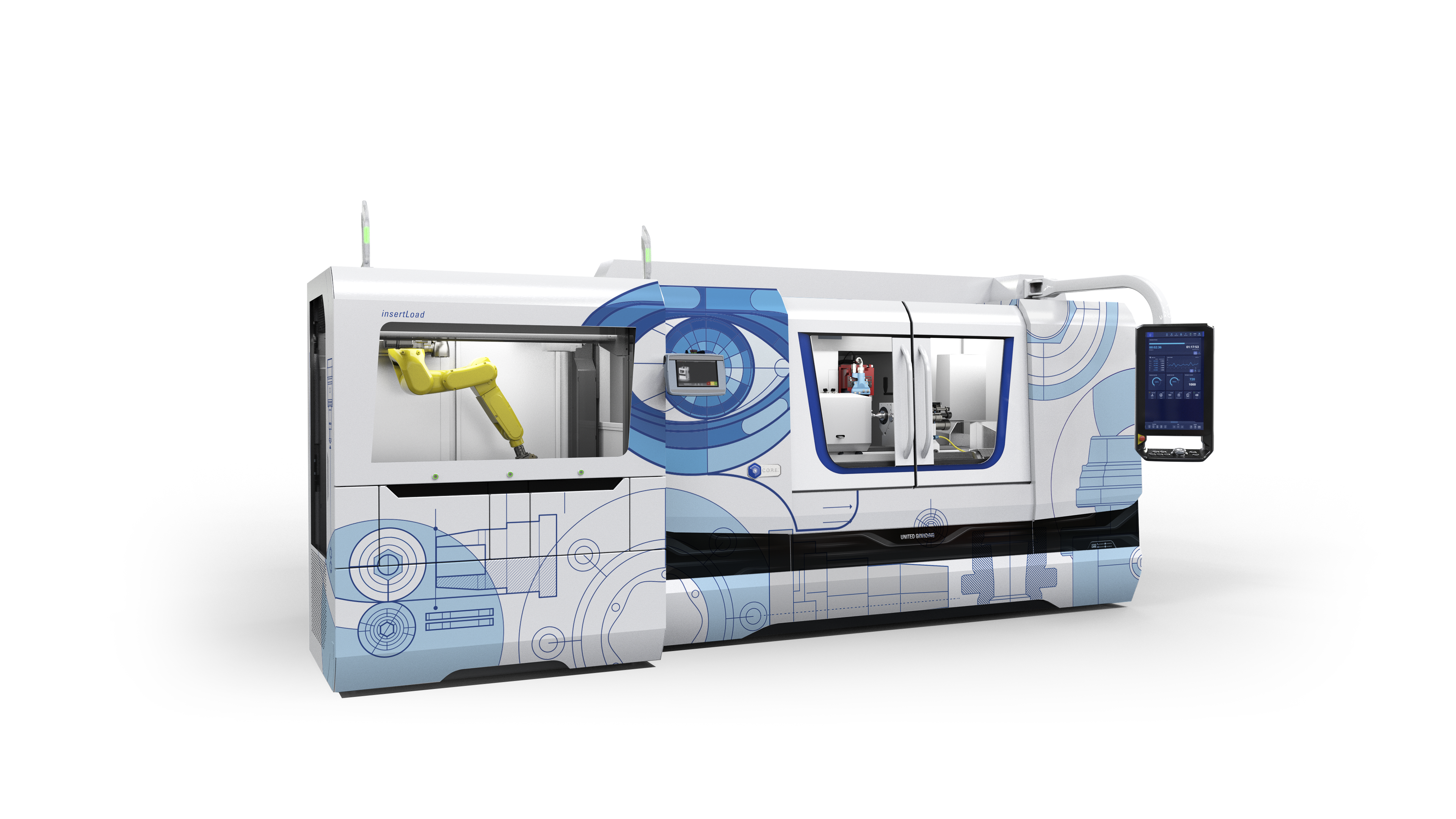Manufacturing sector in the second wave of COVID-19

Digitizing and automating the manufacturing operations has now become the priority
COVID-19 put an immediate halt to many business activities globally, as several countries had shut down their ports, airports, and domestic transportation while imposing nationwide lockdowns, leading to a disturbance in business and civil life. The lockdown in India impacted manufacturing activities across the globe. India took extraordinary measures to control the spread by imposing one of the longest lockdowns in the world. The enormity of the lockdown affected manufacturing activities and supply chains alike, disrupting the overall economy.
With the prolonged COVID-19 crisis, both regional and global supply chains stand fractured. Industries primarily recovered from the first wave of COVID19; however, the country has been battered the hardest by the second wave. A slowdown followed this in labor-intensive industries because of the reduced labor availability during this period. The pandemic has brought to light completely undiscovered shortcomings.
The Global shifts in trade policies, like the US-China face-off and the pandemic, have shown that dependence on one country for electronics & raw materials can be a dangerous strategy, have given India a chance to step up. No doubt, China remains the largest source of critical imports for India, from mobile phone components to pharmaceutical ingredients and much more. With Covid19 challenges, India is working on a multi-pronged strategy to reduce this reliance. China is a major player and will not be easy to replace. Still, at the same time, the disruption in the supply chain route has urged countries to look for some localization, the biggest opportunity for India. It is the opportunity of a lifetime for the Indian electronics manufacturing sector to avail enabling policies and grab global market share.
Despite the opportunities seen, the Indian manufacturing sector needs a big push. Effective collaboration between the government and the private sector is the need for the hour to generate employment and build a talent pool to develop specialized skill sets. Such scale and diversity shall drive companies to innovate. Localization is the gateway to further opportunities for India. Also, Local Manufacturing will enable a great deal of flexibility that allows cost efficiencies, control over the quality, faster turnaround times in production, etc. One of the key fundamentals required for emerging out of the current crisis is to boost the ‘Make in India’ initiative. It is indeed a challenging task to take on. However, this step will promise India a better future.
If India wants to be the biggest supplier of electronics globally, we should have an integrated supply in our own country. Currently, India’s infrastructure is not good enough to facilitate the expansion of the manufacturing sector or meet the needs of global investment in India. The business community has continuously cited poor infrastructure, lack of skilled labor, shortage of power, inadequate government support as the most significant constraint towards improving economic growth and corporate performance.
There is a pressing need to re-evaluate the global supply chains wherein fundamental assumptions may need to be re-examined, manufacturing bases may need to be diversified, trade channels may need to be re-engineered, and investment destinations may see a shift. As companies look to fix their broken value chains in the short term and reduce their supply chain risks in the long term, India has an exclusive opportunity to emerge as a preferred business destination during and after the COVID-19 pandemic.
The Indian MSME sector has been grappling with its long-standing challenges. Despite the Government’s ‘Aatmanirbhar Bharat’ and ‘Make in India Vision’, the industry lacks an ecosystem to maximize its potential. While the government support has been critical in ensuring the sector lifts off from the runway, unleashing a new wave of bolder and well-directed reforms would thrust the industry to soar higher Inception and implement more unique manufacturing-focussed policies for production would prove to be beneficial in the current situation. The journey from a developing country to a developed nation is challenging, as each aspect plays an important role.
Ambrane, as a brand, is continuously striving to survive and succeed in the current environment. Of course, government backing is essential, but our company is doing everything it can to overcome the setback. Ambrane’s, digital presence has helped us stay connected with our customers during this COVID19 period. Due to our strong online presence in the E-commerce market, we have been on the road to recovery immediately after the first lockdown. The second phase has disrupted Manufacturing operations for us, with difficulty in the availability of Raw Materials and Labour, and supply chain challenges. However, this challenge has also pushed India to review & build its Manufacturing ecosystem for a true ‘Aatmarnirbhar Bharat’. Currently, Ambrane is not facing challenges on the market side but rather an active demand for some category products that are difficult to fulfill considering the manufacturing hurdles.
The Manufacturing sector is now getting ready for the post-pandemic world. Digitizing and automating the manufacturing operations has now become the priority. Ambrane too has adopted the new age technologies to build high levels of productivity and efficiency while increasing product quality.
Authored By – Mr. Ashok Rajpal – Managing Director, Ambrane India
For More Detail Visit – https://ambraneindia.com/





